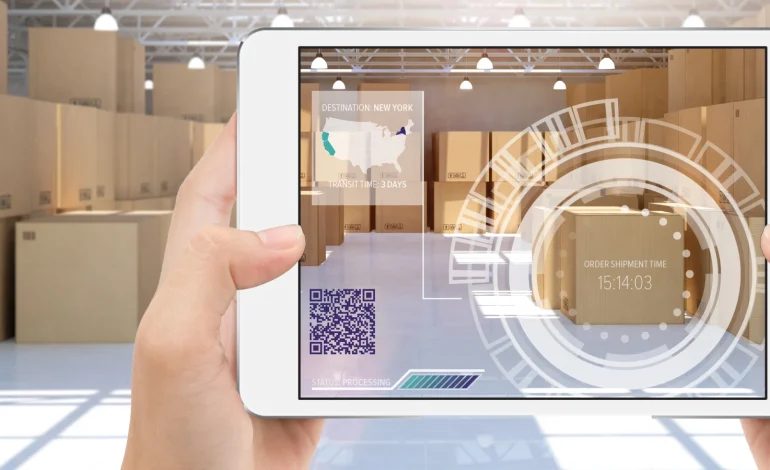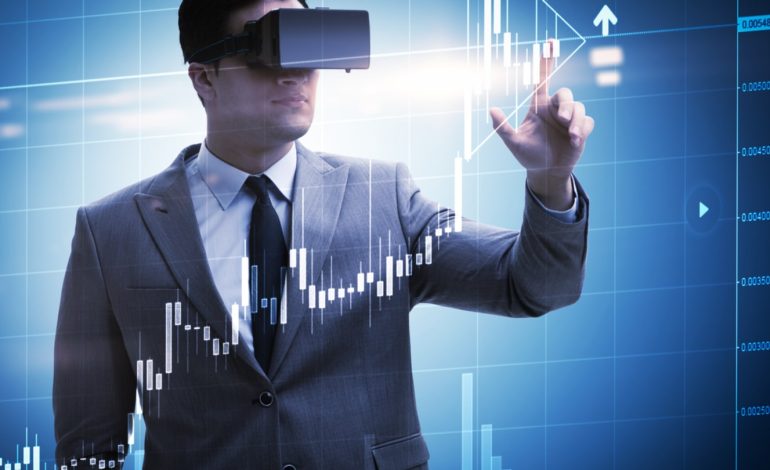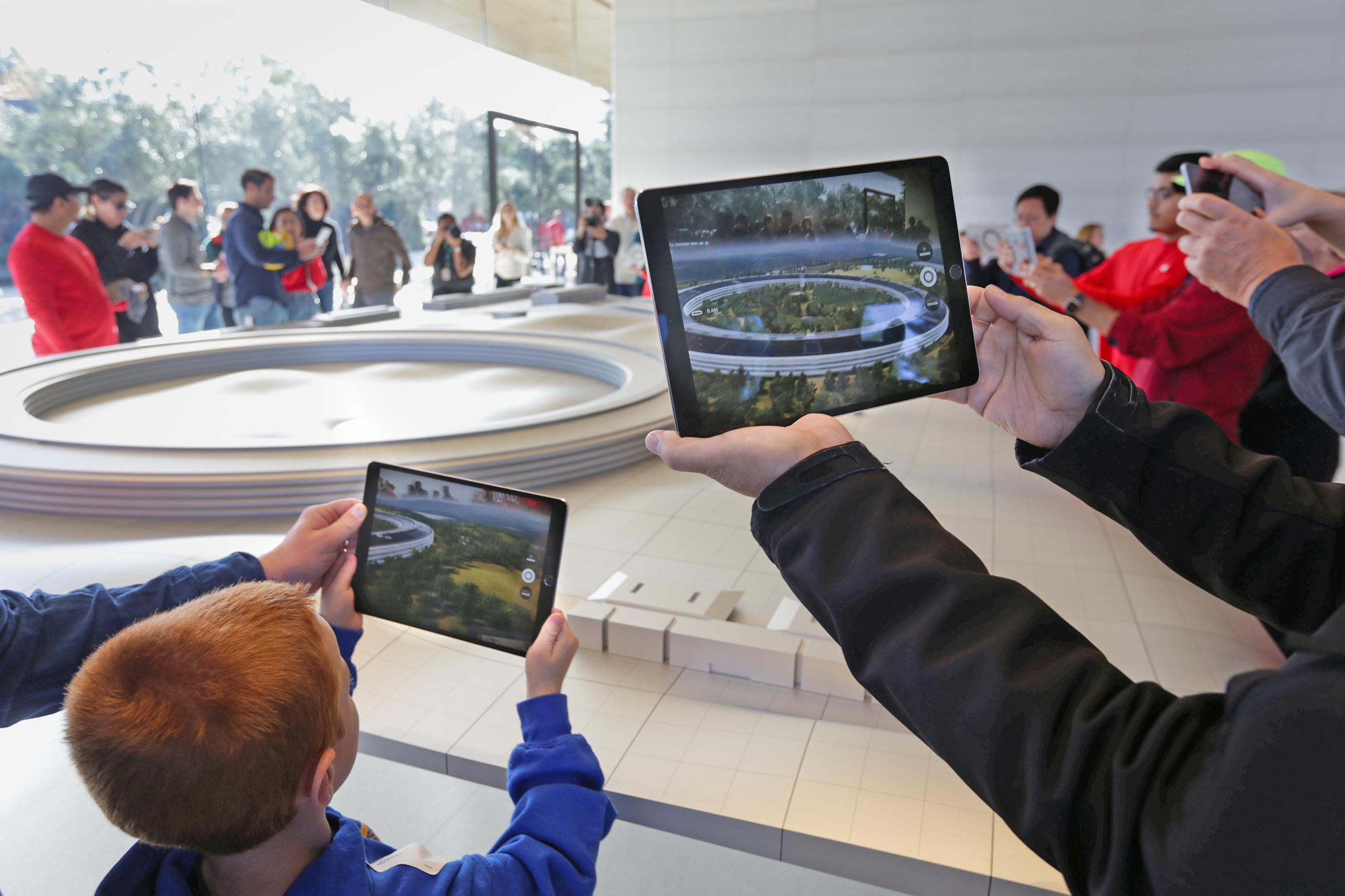Can augmented reality boost productivity by as high as 21%?

Augmented reality is here to stay, and more uses of this technology are being discovered, from consumer-based to industrial-based applications. With more investments being made into it by industry stakeholders in various areas, let us examine how augmented reality boost productivity, which will justify the rapid growth of the technology.
The term, Augmented Reality, is fast becoming part of our everyday language as technology continues to find usage in different aspects of life and across various fields of human endeavor. In a nutshell, augmented reality involves having digital overlays around the real world and real objects.
Along with similar technologies, like the Virtual Reality, hologram, and other immersive tools, we are finding more ways to enhance our natural senses and extend our real world, and it is amazing what could be achieved with the help of these technologies. What used to be seen in movies and read in books are rolling out before our eyes and more investments are being made for more innovations in these areas.
From seemingly simple and fun things (like having filters and effects on your Instagram or Snapchat pictures, games like Pokémon Go and Real Strike), to more advanced uses in retail businesses (like the IKEA Place app, which allows customers to try out any piece of furniture before purchasing), the market and demand for AR continues to expand.
Beyond Games and Fun

While many people still think of AR in terms of its use for games and fun activities, more discoveries are being made on the usage of this and related technologies across a wide range of industries and sectors. According to Statista, total AR/VR spending worldwide amounted to 13.9 billion USD in 2017, with consumer spending taking the lead at 6.2 billion USD. The global spending is expected to grow to 160 billion USD by 2023.
However, according to IDC, in 2019, industrial spending will overtake consumer spending, and the projection is that it will triple consumer spending by 2023. This shows that more industries are realizing the potential of these technologies. So, moving from games, fun, and entertainment, AR is finding its way into (and changing) how we learn, work, and do business.
How AR is Being Used in Various Industries
One of the constant pursuits of every business, organization or industry is to improve productivity, hence, increase profitability. With every new technology, stakeholders of different industries begin to seek out ways such technology can serve its business purposes. So the big question is: Can AR improve productivity? Firstly, let’s explore its use in some industries.
Manufacturing

The manufacturing industry is one of the major beneficiaries of AR, especially projection AR. From design to assembly, quality control, training, etc, augmented reality is applied in several ways. Since AR allows images to be overlaid into the real world in real-time, engineers and technicians are able to receive visual guidance, audio prompts and specific instructions on how to carry out tasks, like assembling components. With AR, the manufacturing process enjoys increased speed and accuracy.
Education
According to a report by EdTechXGlobal in 2016, the education technology market is projected to grow at 17.0% per annum and would reach $252bn by 2020. Augmented reality is one of the trends topping this growth.
AR makes learning materials more accessible. Three-dimensional models of anything can be made, reducing the need for physical models. And since AR doesn’t need special hardware, with apps, these models can be accessed.
AR makes learning more interactive, engaging and practical, and through visualization, students are more immersed in the subject matter lesson.
Automotive
Automakers have found AR useful in different ways. One of them is in designing cars before going on to make the physical prototypes. In 2016, it was reported that Toyota patented an augmented reality windshield. That is an example of how automakers are using AR to better the driving experience.
In 2017, BMW rolled out a pilot programme that created an interactive 3D experience using AR. The aim was to allow them to explore their ideal BMW i3 or i8 model through a real-size, interactive visualization.
Healthcare
AR is enhancing diagnosis and helping healthcare workers gain better understanding of the human anatomy. AR apps and AR glasses can give better illustrations on health conditions and body parts. Doctors can have an internal view of patients without carrying out invasive surgeries. From training, to research, treatment and rehabilitation, etc., AR in Healthcare has become more useful.
How is Augmented Reality Improving Productivity?

Enhanced collaboration
With AR, companies can enjoy the expertise and skills of people who are far away as it enhances remote work. It also saves time and speeds up processes when there is an emergency.
Real-time guide
AR can be used to provide real-time guide and precise instructions to workers as they carry out certain tasks. This can eliminate unnecessary delays and increase the speed of delivery.
In this video, you’ll find two instances of a GE technician wiring a wind turbine’s control box; one was done using the company’s usual process, while the second one was done with the help of an AR headset providing real-time instructions. Using AR, the technician’s performance was improved by 34%.
Increased Accuracy
Through enhanced visualization and precise instructions available in real-time during work processes, errors are greatly reduced, hence, a higher level of accuracy quality is obtained with the help of AR. Effective training area AR has offered a great advantage in companies is in staff training. Augmented reality offers more interactive and practical training experiences by allowing complex concepts to be visualized.
A study was conducted by Accenture, looking into workforce data for 432 occupations across 14 industries in 14 G20 countries to assess the opportunities for workers to perform specific tasks with XR (extended reality) tools (including augmented reality, virtual reality, haptics, and holograms).
Through the study, Accenture was “able to determine the proportion of work time that could potentially be augmented by working with XR.”
According to the report, extended reality tools can improve productivity by as much as 35% in the health and social services industry, with manufacturing and construction also topping the list of industries where these technologies have more potential to improve performance. The report also shows that on average, productivity can be improved by 21%.
So far, we’ve seen how AR plays different roles in various industries. From product design, to manufacturing, assembly, maintenance, workers training, and even to sales, the AR and VR technologies keeps expanding its usefulness to companies.
You might be wondering, can augment reality boost productivity in your company by as much as 21%? The only way to know is to examine the place of AR in business. By exploring the options available, you might be amazed to see how augmented reality improves productivity and profitability.
References
- https://www.dxc.technology/workplace_and_mobility/insights/145571-augmented_reality_for_real_world_productivity
- https://www.marketwatch.com/video/sectorwatch/how-virtual-and-augmented-reality-could-boost-productivity-by-21/B155C1FD-59F6-4264-83FE-FC3B8D733B8E.html
- https://www.slideshare.net/accenture/a-responsible-future-for-immersive-technologies
- https://lightguidesys.com/blog/industries-benefitting-from-augmented-reality/
- https://www.accenture.com/_acnmedia/Accenture/Redesign-Assets/DotCom/Documents/Global/1/Accenture-G20-YEA-report.pdf
- https://www.statista.com/statistics/591181/global-augmented-virtual-reality-market-size/
- https://www.prnewswire.com/news-releases/global-report-predicts-edtech-spend-to-reach-252bn-by-2020-580765301.html
- https://easternpeak.com/blog/augmented-reality-in-education-the-hottest-edtech-trend-2018-and-how-to-apply-it-to-your-business/
- https://www.campaignlive.co.uk/article/bmw-rolls-augmented-reality-product-showcase/1419951?src_site=eventmagazine
- https://hbr.org/2017/03/augmented-reality-is-already-improving-worker-performance
- https://www.marketwatch.com/video/sectorwatch/how-virtual-and-augmented-reality-could-boost-productivity-by-21/B155C1FD-59F6-4264-83FE-FC3B8D733B8E.html
- https://www.computerweekly.com/opinion/How-augmented-reality-can-boost-worker-effectiveness





